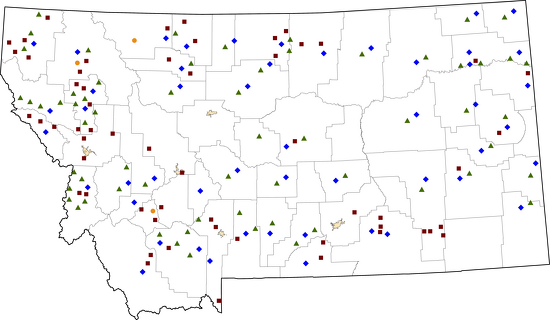Montana
State Office of Rural Health
Montana Office of Rural Health
Phone: 406.994.6001
Email: natalie.claiborne@montana.edu
view details
Montana Nonmetro Population
1,105,072
Estimated population
494,182
(44.7%)
People living in nonmetro areas
Montana Rural Healthcare Facilities
50
Critical Access Hospitals
0
Rural Emergency Hospitals
62
Rural Health Clinics
57
Federally Qualified Health Centers*
3
Short Term/PPS Hospitals*
*Sites according to data.HRSA.gov (July 2025), showing only locations outside of
U.S. Census
Bureau Urban Areas with a population of 50,000 or more
Last Updated: 9/11/2025
Last Reviewed: 12/11/2023



Selected Social Determinants of Health for Rural Montana